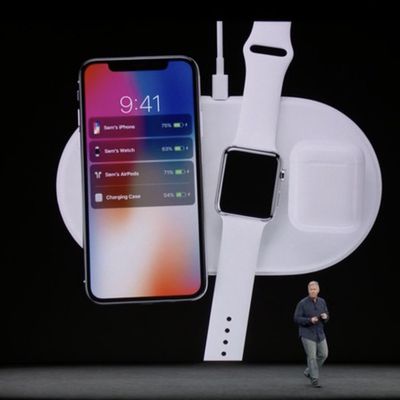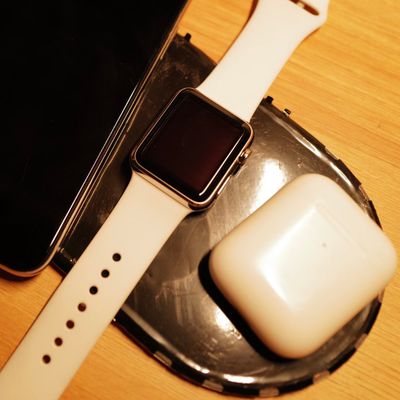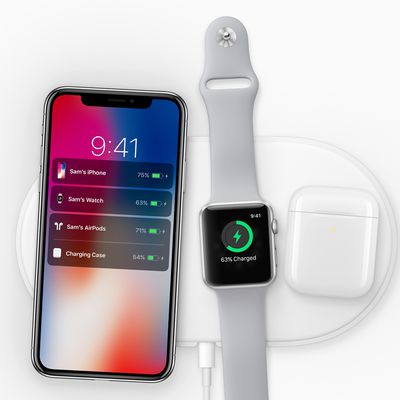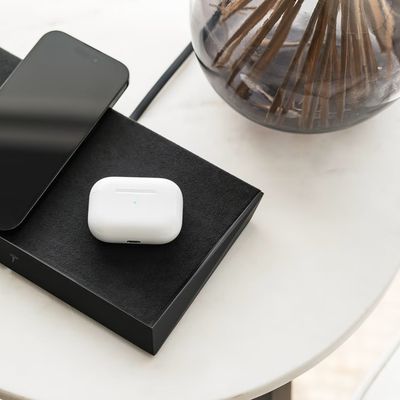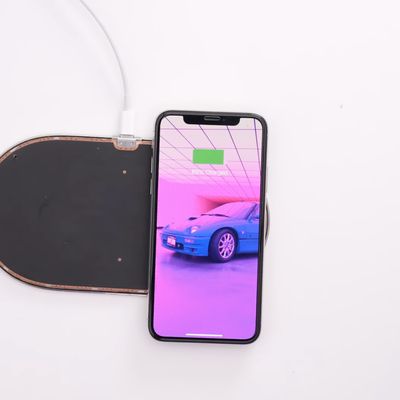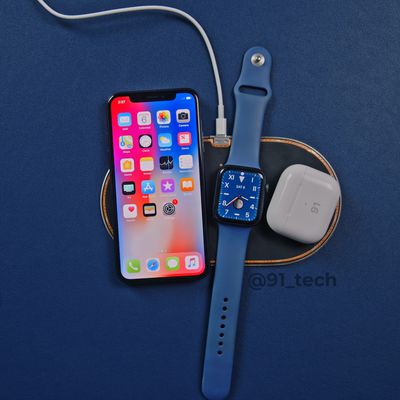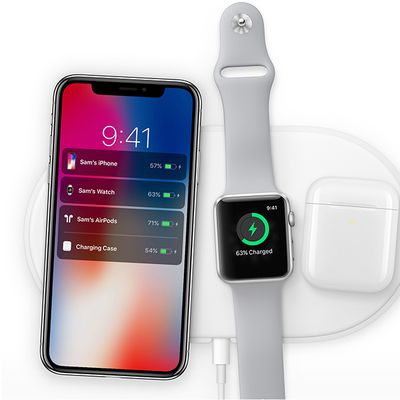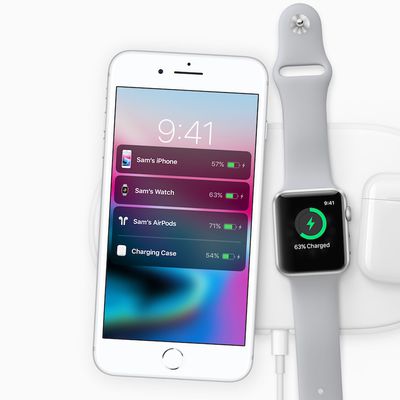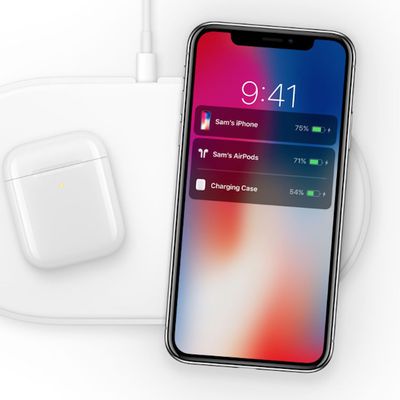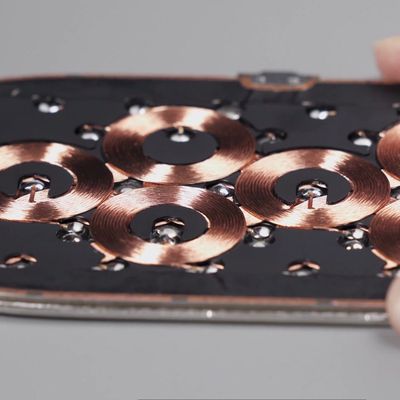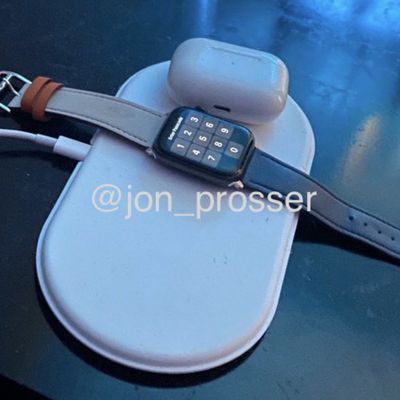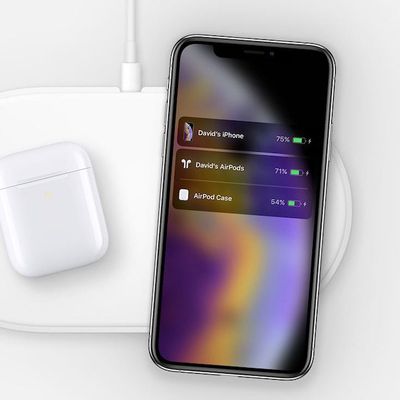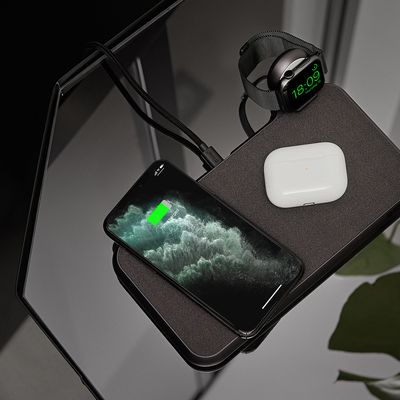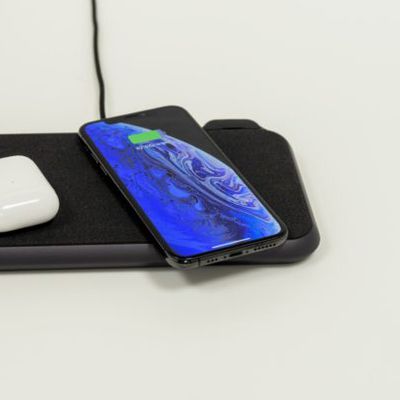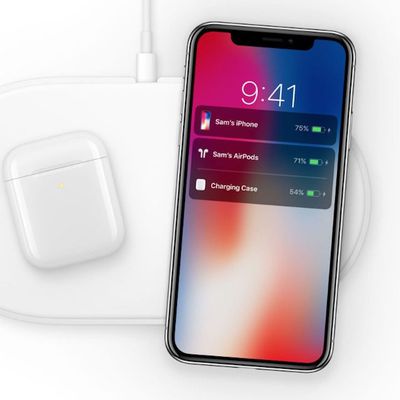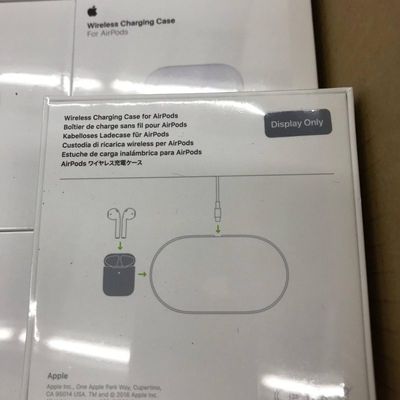Apple in 2017 introduced the AirPower as a flat charging bed capable of charging an iPhone, AirPods, and Apple Watch all at once, but technical problems prevented the AirPower from ever launching.
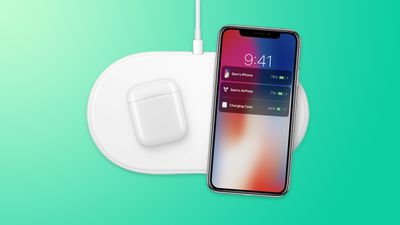
Apple canceled the project in 2019 after running into development bugs, but since then, rumors have suggested work on a multi-device charger has continued. This guide highlights the rumors that we know about the wireless charging work that Apple has conducted, and it also includes details on the now-discontinued AirPower.
New Wireless Charger
Though Apple canceled the AirPower, the Cupertino company is still developing a multi-device charging solution. According to Bloomberg's Mark Gurman, the charger that Apple has in development would work similarly to the AirPower, and would charge multiple devices at one time.
Apple wants to create a charging accessory that would let users charge an iPhone, Apple Watch, and AirPods all at the same time.
Apple is testing charging solutions that are not inductive, including short and long range wireless charging options. Apple wants a future where all of its major devices can charge one another. "Imagine an iPad charging an iPhone, and then that iPhone charging AirPods or an Apple Watch," wrote Gurman.
Details are scarce on when a new charging product could come out and what Apple might call it, but if Apple is relying on device to device charging or a long range wireless charging solution that does not require contact, it may still be a few years off. Gurman said in 2022 that some kind of charging solution would come "well before a decade from now."
MagSafe Charger
Alongside the iPhone 12 models, Apple introduced a line of "MagSafe" accessories, reviving the name once used for the MacBook's charger. MagSafe products are designed to work with a ring of magnets built into the back of iPhone models starting with the iPhone 12. There are cases, wallet accessories, and a MagSafe Charger.

The MagSafe Charger snaps to the back of an iPhone using a magnetic connection and provides up to 15W of power when paired with a 20W power adapter from Apple, which is double the speed available with a standard 7.5W Qi wireless charger and equivalent to the 15W charging made available through Qi2 on supported devices.
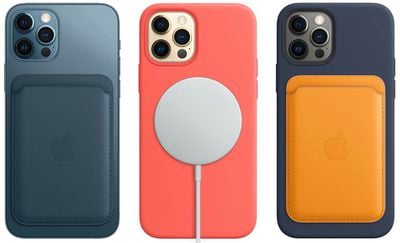
Apple's MagSafe Charger is designed for the iPhone 12, iPhone 13, iPhone 14, and iPhone 15 models and it charges much slower with older iPhone models. MagSafe charging options will eventually allow Apple to develop a port-free iPhone, and MagSafe appears to be an alternative to AirPower.
Leaked AirPower Internal Photos
Photos allegedly from the now-discontinued AirPower started surfacing on social networks in August 2020, depicting a multi-coil design that would have been used to charge an iPhone, Apple Watch, and AirPods no matter where they're placed on the mat.
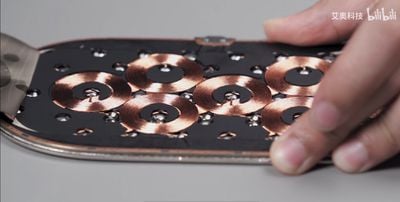
There's also a circuit board laden with chips that would have served as the brains of the device. We don't know if these photos actually depict the AirPower as there's nothing in the design that specifically ties them to Apple, but it can't be ruled out either.

The images are from the AirPower that was discontinued in 2019 rather than a new wireless charger that's in the works, and we've seen several examples of AirPower prototypes in the last few years.

What was AirPower?
AirPower was an Apple-designed charging mat designed to charge Qi-based iPhones, the Apple Watch, and the AirPods, using a specially designed AirPods Wireless Charging Case, which Apple introduced in March 2019.
Apple's AirPower was proprietary and intended to combine at least two different wireless charging methods -- Qi and then the Apple Watch charger, which is inductive and not Qi based.
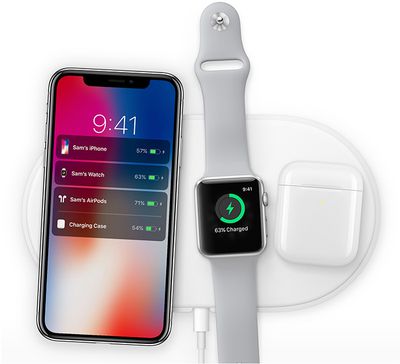
It was designed so that you could place an iPhone, AirPods, or Apple Watch on any portion of the mat to have the device charge, which meant multiple overlapping chargers must be included.
The AirPower mat would have been big enough to charge all three devices at one time, with the AirPower itself connected to an external power source, perhaps using a USB-C cable.
In Apple's renderings, AirPower also had a feature that let the iPhone display the wireless charging level of all of the devices on the mat, including the iPhone itself, the Apple Watch, and the AirPods.
The AirPower's Missed Launch
AirPower missed its 2018 launch date, and while Apple was quiet on the reason why, rumors suggested there were serious manufacturing issues and kinks to be worked out.
Apple was forced to delay the AirPower after having trouble dealing with the complex multi-device charging circuitry, software bugs, and the potential for overheating.
Over the course of 2018, Apple was working out kinks including heat management, inter-device communication, and interference issues, and there were times during development where rumors suggested Apple could potentially be planning to nix the AirPower, but there were consistent mentions in 2018 iPhone packaging, and recently an image of the AirPower with an iPhone XS was spotted on Apple's website.
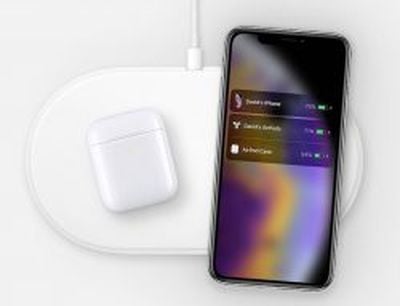
Unfortunately, those technical challenges proved to be too much, and Apple ultimately canceled the AirPower project in March 2019.
What Would AirPower Have Cost?
Apple never announced pricing for the AirPower, but there were some guesses. Chinese "industry insiders" in August 2018 suggested the AirPower could cost somewhere around $1,000 Chinese yuan, equivalent to right around $147.
Back in November 2017, a Polish website suggested the AirPower would cost around 999 złoty, equivalent to $199.
Given that both of these rumors came from well before the AirPower was even in production, neither were particularly reliable, but we thought it reasonable to expect a price tag in the neighborhood of $130 to $200 based on the price points of competing wireless charging devices and Apple's accessory pricing in general.


